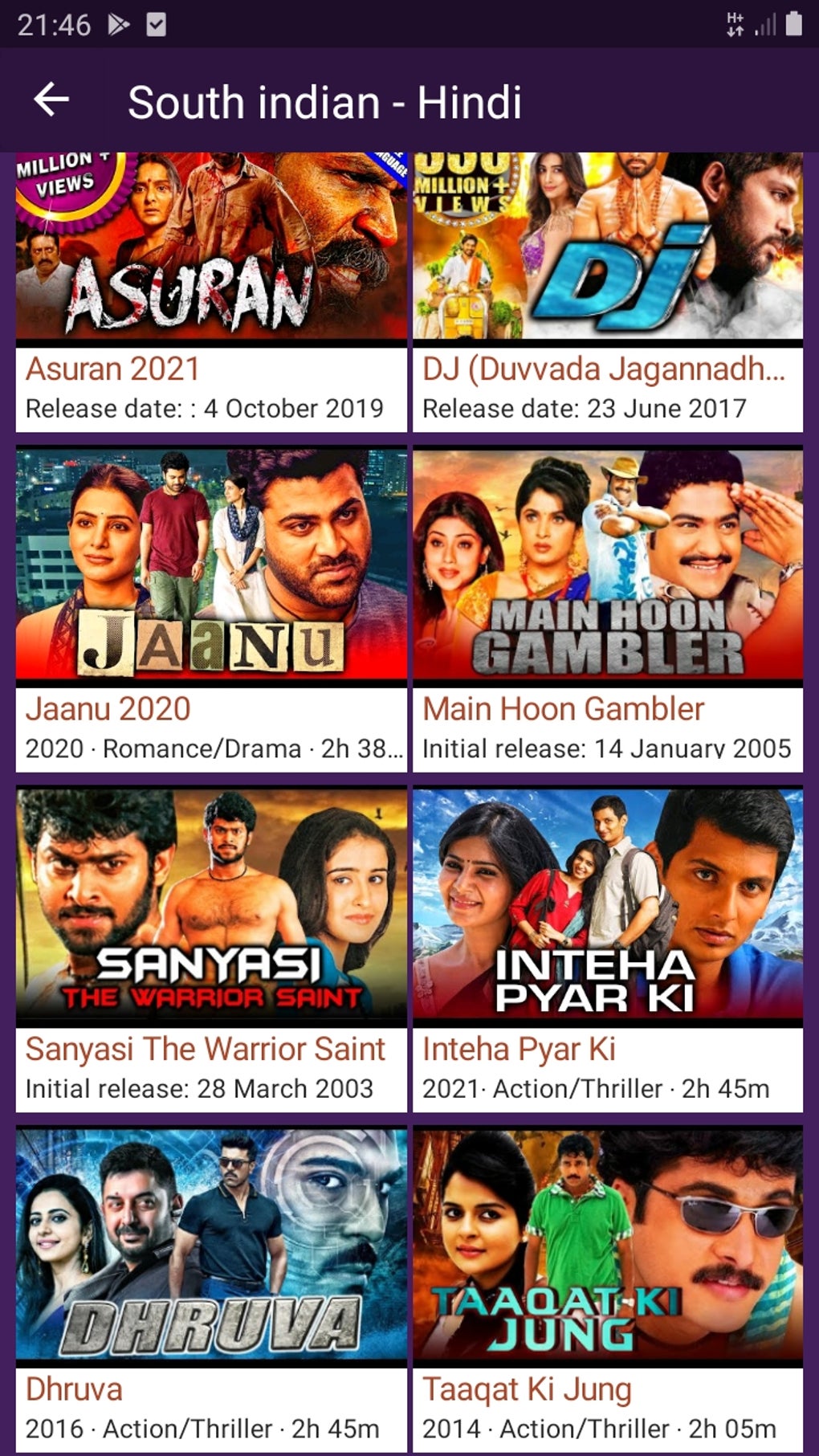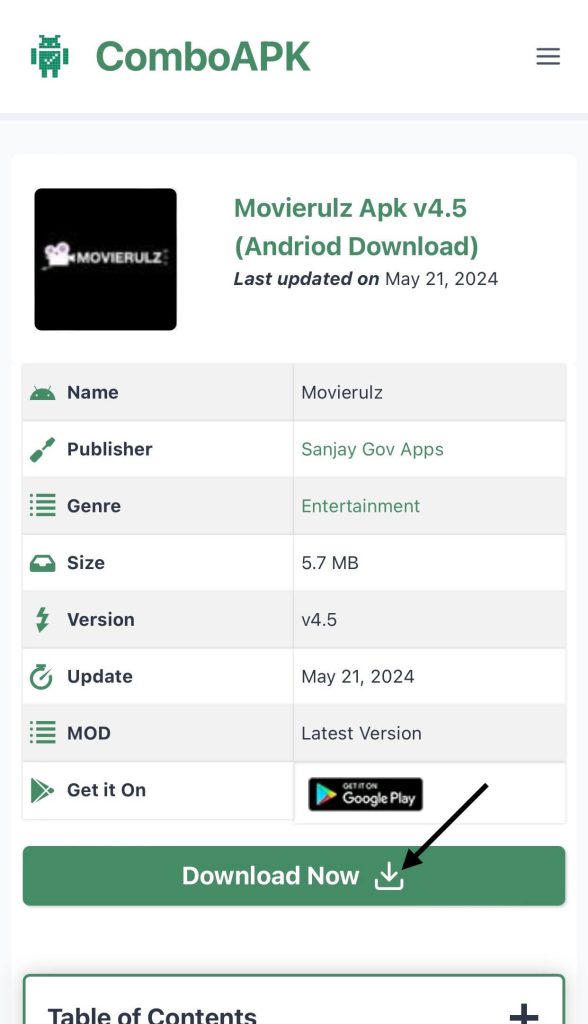Is the world of online entertainment truly becoming a boundless frontier, or are we navigating a digital landscape increasingly fraught with complexities? The relentless proliferation of content, coupled with the evolving dynamics of accessibility, presents both thrilling opportunities and significant challenges for media consumers worldwide.
The digital age has fundamentally reshaped how we consume entertainment. Platforms offering instant access to a vast library of films and television series have become ubiquitous, forever altering the viewing habits of audiences globally. The allure of convenience, cost-effectiveness, and variety has driven the popularity of these services. Yet, the landscape is far from uniform, and the legal and ethical implications are complex. The content available, its origin, and the channels through which it reaches the audience are elements deserving of careful consideration. This includes the debate surrounding intellectual property, the economic impact on the film industry, and the very nature of artistic creation in a digital age.
Let's take a closer look at one of the key players shaping this landscape, its impact, and the intricate challenges it presents.
| Category | Details |
|---|---|
| Name | Movierulz (Illustrative Example) |
| Description | A platform, illustrative of numerous sites, offering access to a wide range of films, including Bollywood, Hollywood, and regional language cinema. It is often associated with both streaming and downloading of copyrighted content. |
| Functionality | Provides options for both streaming and downloading of movies, often with various quality settings to cater to different internet speeds. The availability of content can extend to Hindi, English, Telugu, Tamil, Malayalam, and Kannada films, among others. |
| Target Audience | Users seeking free access to a wide variety of movies and television shows. This includes audiences across India, those interested in Bollywood and Hollywood cinema, and those seeking content in regional languages. |
| Content | The platform's content typically includes a broad selection of movies, ranging from the latest releases to older films, categorized by language, genre, and release year. |
| Legal and Ethical Considerations | The legality of platforms like Movierulz is heavily debated. Accessing copyrighted content without permission is a breach of copyright law. Streaming or downloading content from such sites often puts users at legal and security risk. |
| Monetization | These platforms frequently rely on advertising revenue, including pop-up ads and other intrusive promotional methods. The use of advertisements is often aggressive, which can create a disruptive user experience. |
| User Experience | The user experience can vary, but it often involves navigating a website filled with intrusive ads. The quality of the streams and downloads might differ, and the stability of the platform can be inconsistent. |
| Impact on the Film Industry | Platforms like Movierulz pose a significant challenge to the film industry. They can lead to revenue loss for content creators and distributors, and they may undermine the profitability of legitimate streaming services. |
| Alternative Platforms (Legitimate) | Netflix, Amazon Prime Video, Disney+, Hotstar (India), and others. |
| Safety and Security | Users may be exposed to malware, viruses, and other security threats. Security concerns can include phishing attacks or the harvesting of personal information. |
| Note | This table is based on publicly available information and general knowledge regarding these types of platforms. Specific features and details may vary over time. |
| Reference Website (Illustrative) | Wikipedia - Copyright |
The accessibility and popularity of platforms like Movierulz, however, do not come without caveats. Movierulz, and others of its ilk, has gained traction as a convenient portal for cinematic content. These platforms attract users with their promise of instant access to an extensive library of films and television shows. The ease of use and absence of financial barriers are compelling draws, especially in regions with limited access to legitimate streaming services or those struggling with the cost of paid subscriptions.
But beneath the surface of this perceived convenience lies a complex web of issues. One of the primary concerns is the violation of copyright laws. Content hosted on these sites is often illegally obtained and distributed, depriving creators, distributors, and other stakeholders of their rightful earnings. This can cripple the film industry, especially in its infancy or growth phases, affecting the economic well-being of artists, producers, and the numerous professionals who contribute to the creation of films.
Moreover, the quality of the experience often leaves much to be desired. The websites themselves are often cluttered with intrusive advertisements, pop-ups, and redirects, creating a frustrating user experience. Furthermore, the streaming quality may vary significantly, ranging from low-resolution copies to those that are unstable, leading to buffering issues or intermittent playback. The risk of encountering malware and viruses is also a major concern, as users might inadvertently download infected files or be exposed to malicious software that compromises their devices.
The legal landscape surrounding these platforms is equally complex. Accessing and downloading copyrighted content without authorization is a direct violation of copyright law, potentially leading to legal consequences for the user. Law enforcement agencies worldwide are working to combat online piracy. Though many users may consider it a low-risk activity, the reality is that they are complicit in illegal actions and face the threat of potential penalties. The anonymity offered by some of these sites does not provide full protection, especially with the increasing sophistication of online security and forensic techniques.
The impact of such platforms extends beyond mere copyright infringement. They play a significant role in shaping the perceptions of film value and the economics of media distribution. By devaluing content, these platforms contribute to a culture that underestimates the labor, creativity, and investment required to produce high-quality films. This trend can negatively affect the production of movies, particularly those with smaller budgets or those operating in developing markets, leading to a narrowing of content and a stifling of creativity.
The proliferation of these platforms also influences the strategies employed by legitimate streaming services and studios. Faced with widespread piracy, these companies have to compete by aggressively acquiring content and providing appealing subscription models. As a result, the cost of legitimate streaming services could rise, which may ultimately result in a more complex marketplace, where consumers are forced to subscribe to multiple services to access a broad range of content. This, in turn, could lead to users searching for cheaper alternatives, potentially perpetuating the cycle of illegal downloads.
The question remains: is there a solution to the complex challenge presented by platforms like Movierulz and their imitators? The answers are likely to be multifaceted and would entail combined efforts from consumers, content creators, technology companies, and lawmakers.
Education is critical. Creating greater awareness among the public about the legal and ethical implications of digital piracy can help change viewing habits. Educating consumers on the risks involved with illegal streaming and downloading platforms can also empower them to make more informed choices. Highlighting the economic impact of piracy on the film industry can also make users aware that illegal downloading affects everyone involved, from the actors on the screen to the people working behind the camera.
The efforts of governments and law enforcement agencies are also crucial. More stringent enforcement of copyright laws, including investigations, prosecutions, and penalties for copyright infringement, could deter illegal activity. Also, collaboration among law enforcement agencies across borders would improve the impact of these actions, ensuring that illegal platforms cannot evade justice by moving between jurisdictions.
Technological interventions can also play a significant role. Developing more sophisticated content protection measures, such as digital watermarks, encryption, and anti-piracy technologies, can make it more difficult for illegal platforms to distribute copyrighted content. Furthermore, investments in more robust and readily accessible legal streaming services can provide consumers with a viable and appealing alternative to illegal platforms.
Finally, the evolution of the digital landscape requires proactive engagement from the content creators and distributors. Developing innovative distribution models that meet the evolving demands of the consumer can provide more options. These may include more affordable subscription plans, wider content libraries, and improved user experiences. This would make legal options more attractive and competitive with illegal offerings.
The journey toward resolving the challenges posed by platforms such as Movierulz is a long-term endeavor. There is a crucial need for collaboration, a blend of legal, technological, and educational efforts. By addressing the issue from multiple angles, it may be possible to create a digital ecosystem that values content, respects intellectual property, and provides consumers with access to entertainment in a fair, secure, and sustainable manner. The evolution of this digital landscape is a reflection of the ever-changing world and the constant need for adaptation and vigilance.



